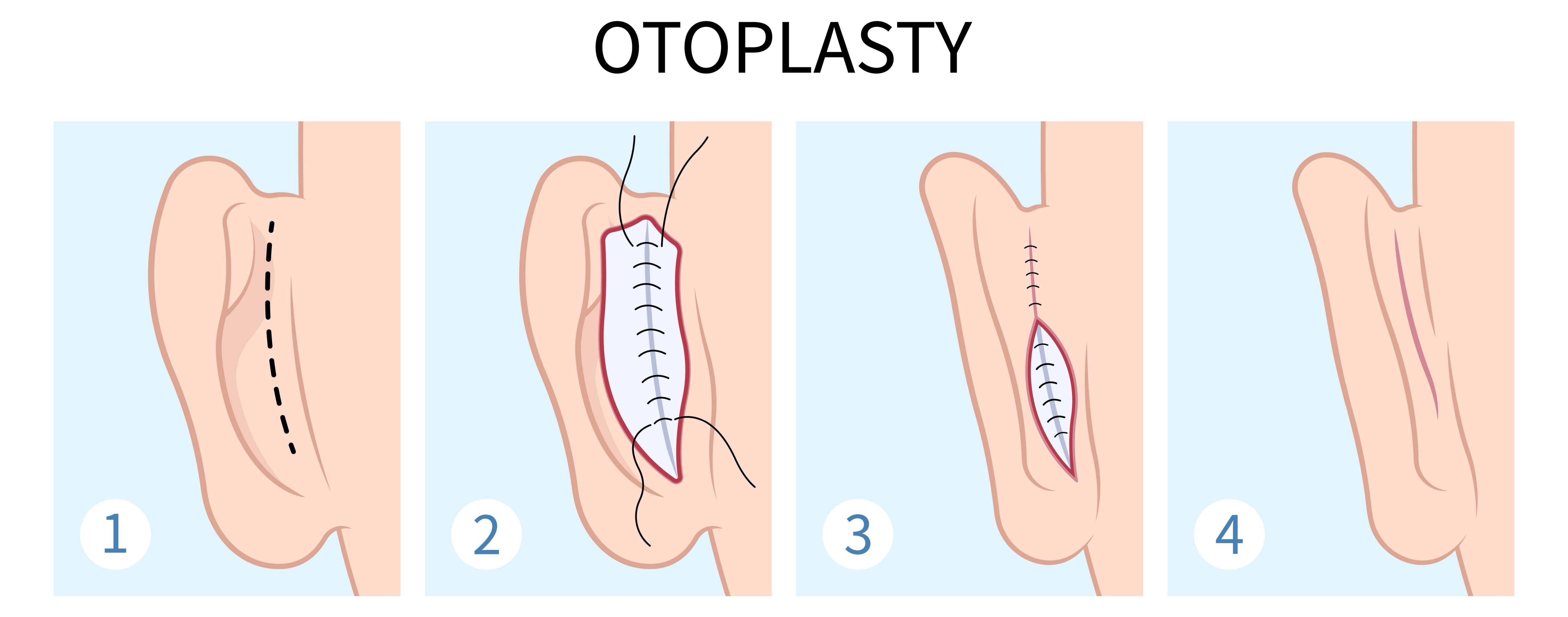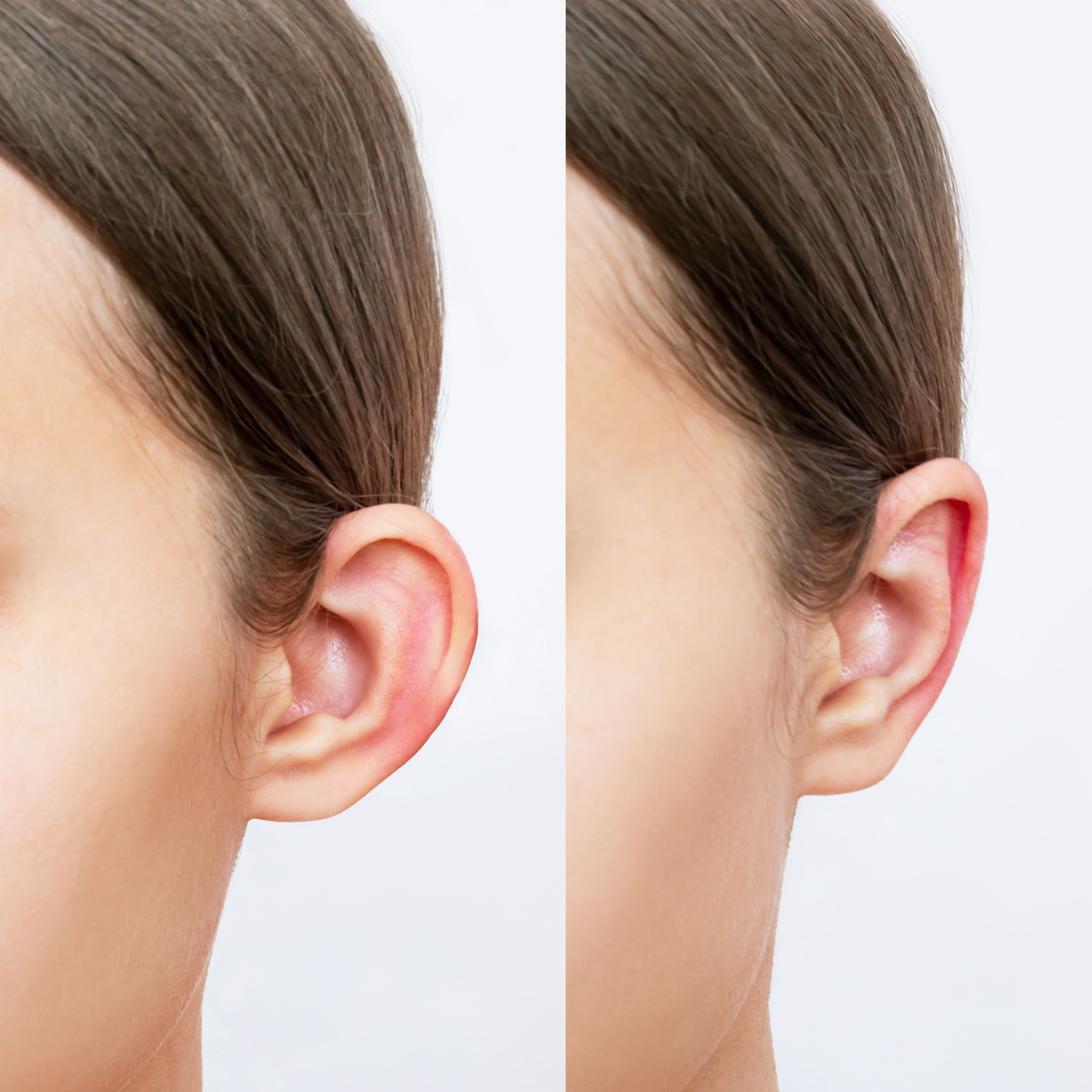Otoplasty, also known as ear surgery or ear pinning, is a cosmetic surgical procedure that is designed to reshape and reposition the ears for a more aesthetically pleasing appearance. This procedure is commonly performed on individuals who have ears that are overly large, protruding, or misshapen, and it can help to improve self-confidence and overall appearance.
Turkey is a popular destination for cosmetic surgery, including otoplasty surgery. HealTrip Global, founded by plastic surgeons, is a leading provider of otoplasty surgery in Turkey. Our team of experienced and highly trained plastic surgeons use the latest techniques and technology to ensure that our patients receive the best possible care and results. We are dedicated to providing our patients with personalized care, from the initial consultation through to the post-operative recovery period.
Otoplasty, also known as ear surgery or ear pinning surgery, is a cosmetic surgical procedure that is performed to improve the appearance of the ears. It is a safe and effective method of correcting ear deformities, such as protruding or asymmetrical ears, or ears that are too large or too small. Otoplasty can be performed on patients of all ages, including children.
There are several types of ear deformities that can be corrected with otoplasty. These include ears that stick out too far from the head, ears that are too large or too small, and ears that are misshapen due to injury or birth defects.
The surgical procedure involves making a small incision behind the ear and reshaping the cartilage to achieve the desired appearance. The procedure usually takes between one to two hours, and the patient is given local anesthesia or sedation to ensure comfort throughout the surgery. In some cases, general anesthesia may be required.
Following the procedure, the patient is typically able to go home the same day. The ears are wrapped in a protective bandage to aid in healing and minimize swelling. Patients should avoid strenuous physical activity for several weeks after the surgery to ensure proper healing.
Otoplasty is typically performed on an outpatient basis, which means that patients can go home the same day as the procedure. Before the surgery, the patient will have a consultation with their surgeon to discuss their goals and what to expect from the procedure.

The surgeon will then perform a physical examination of the patient's ears to determine the best course of action. This examination will also help the surgeon determine if the patient has any underlying medical conditions that could increase their risk of complications during the procedure.
On the day of the surgery, the patient will be given anesthesia to ensure that they are comfortable and pain-free throughout the procedure. The anesthesia options may include local anesthesia, which numbs only the area around the ears, or general anesthesia, which puts the patient to sleep.
Once the anesthesia has taken effect, the surgeon will make an incision behind the ear, which will allow them to access the cartilage that gives the ear its shape.From there, the surgeon will reshape and/or remove the cartilage as needed to achieve the desired results.
Depending on the technique used, the surgeon may also use stitches to hold the cartilage in place and create the desired ear shape. Once the surgery is complete, the incision will be closed with sutures or staples, and the patient will be taken to a recovery room to begin the healing process.
Overall, the otoplasty procedure typically takes about 2-3 hours to complete, although this can vary depending on the specific technique used and the complexity of the surgery.
If you're considering otoplasty, it's important to know that proper preparation can help ensure a successful outcome. Here are some general guidelines to help you prepare for your procedure:
By following your surgeon's instructions and taking these steps to prepare for your surgery, you can help ensure a safe and successful outcome.
Otoplasty is a safe and effective procedure, but like any surgery, there are certain risks and complications associated with it. It is important to discuss these with your surgeon during your consultation so that you are fully aware of what to expect. Some possible risks of otoplasty include bleeding, infection, hematoma, scarring, and asymmetry.
To minimize the risks, it is important to choose an experienced and board-certified plastic surgeon who specializes in otoplasty. Your surgeon should also perform a thorough medical evaluation to ensure that you are healthy enough to undergo the surgery.
During the surgery, your surgeon will take steps to minimize the risk of bleeding and infection, such as using sterile techniques and antibiotics. They will also monitor your vital signs throughout the procedure to ensure that everything is going smoothly.
After the surgery, it is important to follow your surgeon's post-operative instructions carefully to minimize the risk of complications. This may include taking prescribed medications, avoiding certain activities or foods, and attending follow-up appointments.
Although complications are rare, it is important to be aware of the risks and to take steps to minimize them. By choosing an experienced surgeon and following their instructions carefully, you can help ensure a safe and successful otoplasty procedure.

In conclusion, otoplasty is a safe and effective cosmetic surgery that can correct ear deformities and improve the appearance of the ears. Patients who are seeking otoplasty in Turkey can benefit from the country's advanced medical technology and affordable prices. HealTrip Global is an excellent choice for patients seeking otoplasty in Turkey as they provide personalized and high-quality medical care, with experienced and skilled surgeons. With the proper preparation and post-operative care, patients can achieve excellent results and boost their self-confidence.
Otoplasty is a cosmetic procedure that can correct a wide range of ear deformities. While many people may benefit from otoplasty, not everyone is a good candidate for the procedure. Common reasons for seeking otoplasty include prominent or protruding ears, large or asymmetrical earlobes, and ears that are misshapen or have been damaged by injury.

To determine if someone is a good candidate for otoplasty, a consultation with a qualified plastic surgeon is necessary. During the consultation, the surgeon will examine the patient's ears, discuss their medical history, and ask about their goals for the procedure. Factors that may determine if someone is a good candidate for otoplasty include their overall health, the severity of their ear deformity, and their expectations for the outcome of the procedure. It is important for patients to have realistic expectations for the results of the procedure and to be committed to following their surgeon's pre- and post-operative instructions to ensure optimal results.
